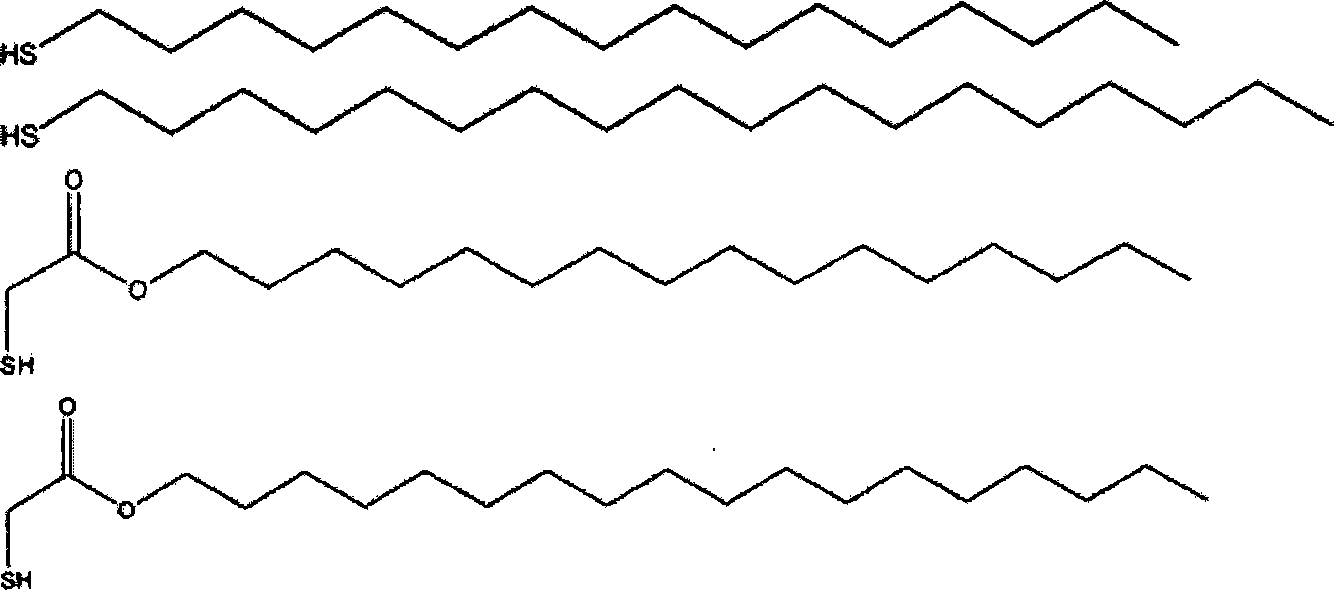Manufacture of silver-copper-germanium alloy
A technology of silver alloy and alloy, which is applied in the direction of manufacturing tools, metal processing equipment, welding equipment, etc.
- Summary
- Abstract
- Description
- Claims
- Application Information
AI Technical Summary
Problems solved by technology
Method used
Image
Examples
Embodiment 1
[0084] Silver-copper-germanium-silicon alloys (Ag = 94.7% by weight, Ge=1.2 wt%, Cu=3.9 wt%, Si=0.2 wt%, added as Cu / Si master alloy). The melt was covered with graphite to protect it from oxidation by the atmosphere and to additionally provide hydrogen to protect the flame. Stir manually with a graphite stir bar. Sodium borohydride pellets, which can provide up to 100 ppm boron, eg 80 ppm boron, are encapsulated or packaged into pure silver foil of thickness eg about 0.15 mm when the above ingredients become liquid. The foil wrapper holds the sodium borohydride pellets in a single group and prevents individual pellets from detaching and floating on the surface of the melt. The packaged pellets were placed into the hollow cupped end of a graphite stir rod and inserted below the surface of the melt, which at this stage was covered with a ceramic fiber blanket to extinguish the flame generated by the decomposition of the borohydride. With the stirring action applied, the hydr...
Embodiment 2
[0089] A ternary silver-copper-germanium alloy (Ag=94.7% by weight, Ge=1.2% by weight, Cu= 4.1% by weight) and formed into sheets. The shaped article is formed by brazing the individual sheets together by passing through a brazing furnace while annealing. Precipitation hardening is carried out without a quenching step by controlled gradual air cooling in the downstream cooling zone of the furnace. For this purpose, it is desirable that the material should be subjected to at least about 8-30 minutes at a temperature in the range of 200-300°C, which is most favorable for precipitation hardening. Articles brazed in a furnace in this manner and gradually cooled obtain a Vickers hardness of 110-115. Due to the addition of sodium borohydride, exceptionally small grain size and good fire spot and rust resistance can be obtained.
Embodiment 3
[0091] Alloys were prepared using a CuB master alloy (source of boron) with the composition and boron content shown in Table I below.
[0092] Table I
[0093]
Ag%
Ge%
B
ppm
Cu%
Precipitation Hardening*
(air cooling) HV
Precipitation Hardening*
(Quenching) HV
Annealed hardness
(air cooling) HV
Sterling
92.7
0
0
7.3
86
/
75
3.1
95.44
1.5
4
3.06
108
115
67
3.2**
96
1.55
yes
2.45
107
110
64
3.3**
96
2
yes
2
110
106
63
3.4**
97.30
1
yes
1.7
93
99
40
3.5**
98.66
1.2
yes
0.14
28***
28***
28***
[0094] *Precipitation hardening ...
PUM
 Login to View More
Login to View More Abstract
Description
Claims
Application Information
 Login to View More
Login to View More - R&D
- Intellectual Property
- Life Sciences
- Materials
- Tech Scout
- Unparalleled Data Quality
- Higher Quality Content
- 60% Fewer Hallucinations
Browse by: Latest US Patents, China's latest patents, Technical Efficacy Thesaurus, Application Domain, Technology Topic, Popular Technical Reports.
© 2025 PatSnap. All rights reserved.Legal|Privacy policy|Modern Slavery Act Transparency Statement|Sitemap|About US| Contact US: help@patsnap.com

